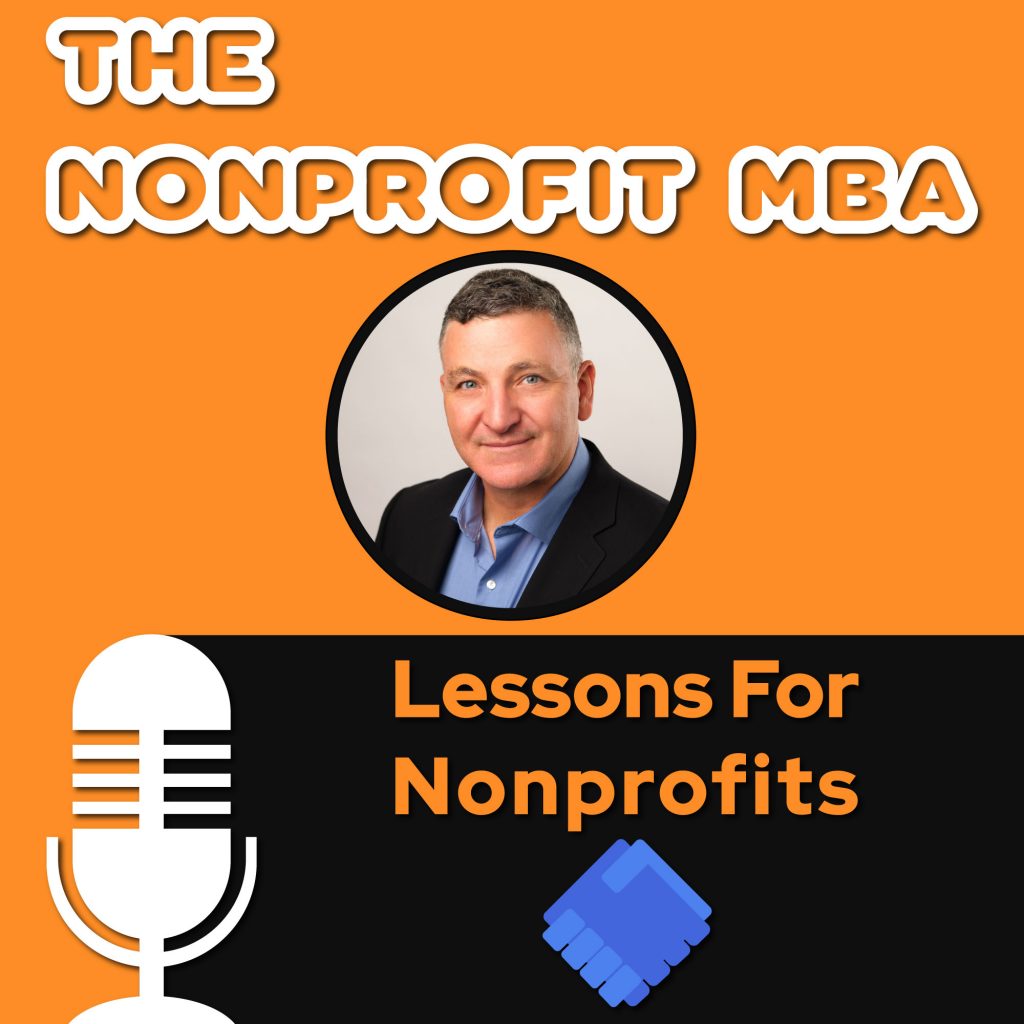Summary: In today’s Nonprofit MBA podcast guest, Veronica Farris From Specialized Alternatives for Families and Youth (SAFY) of America speaks with Stephen Halasnik from Financing Solutions about why diversity and inclusion are important for nonprofit leaders and management. They talk about how nonprofits need diversity and inclusion. They also touch on discrimination and the hiring process nonprofits go through.
Summary
Nonprofits with Diversity and Inclusion
All nonprofits need representation that not
The mindset of the leaders in nonprofits was to include people of all races and shift the focus to making sure the organization includes humans of every race. The policies and procedures in place are made sure to not have any type of implicit bias towards any race. The culture of nonprofits is started within and the culture includes bringing diversity and inclusion to the nonprofit.
Discrimination In Nonprofits
One example of something bad that stood out was allowing families to choose what type of youth they wanted to serve. People have preferences but nonprofits made a mistake in not making sure that they were equipping those families well enough to understand certain cultures in their community. They could’ve done a better job of making sure a family didn’t discriminate based on a different culture. Nonprofits should make sure people value the importance of diversity and inclusion to make sure everyone is treated equally.
Some people don’t want to make a change so with those types of people you just want to avoid it altogether. You want to bring in people who align with the nonprofit values and have the same beliefs so they can embrace the way the nonprofit does business. Those who are already in the nonprofit that doesn’t align with that same diversity and inclusion values shouldn’t be in the nonprofit at all.
Corporate Companies Ahead of Nonprofits
Corporate companies are ahead when it comes to diversity and inclusion because of the size of the organization. Also, the rules they have in place make them lightyears ahead of nonprofits too. This tells us nonprofits have a whole lot of work to do when it comes to diversity and inclusion to get on that same wavelength that corporate companies are on.
The Hiring Process
Currently, Veronica and her nonprofit hire people based on testing them on the mission and the values of the nonprofit. They have to write an essay about the mission and how it aligns with what their beliefs are. The individuals should also be interviewing the nonprofit to make sure that they align with what they believe when it comes to diversity and inclusion.
They inform new hires about the type of youth they might have to care for and the family they place them with. The people nonprofits hire need to understand that they can be contributing more trauma to a child by placing them in a family that is not the right fit for them. You have to make the right match with the kids and the respective families they become a part of.
The number one motto that new hires learn is about improving the customer’s experiences and making sure that people feel valued. You don’t want to put a type of youth in another family’s home because of that family’s different beliefs. You have to be watchful and mindful of what values are in the home. You should make sure they recognize the importance of diversity and inclusion. You are interviewing everyone in the family so you know how that family is going to be to a child that is not one of theirs.
The Ratio of Kids and Parents
There are a lot of kids in foster care and very few families that are willing to take care of children in the United States. It is really hard every week to place a child in a family because there are not enough families to go around. The nonprofits are constantly looking for families to foster children. There are many different types of parents you can get for a child such as breastfed parents and emergency parents. But the most important parent to look for is a long-term parent, these are parents that are in it for the long haul who see them grow up from grade to grade. The most important goal is to see these kids get adopted eventually. It is also important that these families have a belief in diversity and inclusion.
About Veronica Farris From Specialized Alternatives for Families and Youth (SAFY) of America
Veronica Farris is Chief Development and Marketing Officer for Specialized Alternatives for Families and Youth (SAFY) of America, she leads marketing and communications efforts to engage donors, foster parents, and communities in supporting SAFY’s mission of strengthening families and communities through therapeutic foster care, adoption, behavioral health, family preservation, and older youth services across seven states.
Since joining SAFY in 2015, Veronica has led the rebranding initiatives for the organization, funded development practices, and restructured SAFY’s foster parent recruitment & practices. These efforts have helped the organization serve more children and families each year.
About Financing Solutions Small Business Line of Credit
Financing Solutions, an A+ and 5 stars rated BBB company since 2002, is a direct lender that provides lines of credit to small businesses, nonprofits, and church financing.
Financing Solutions small business financing product is a great alternative to a traditional bank line of credit because it costs nothing to set up, nothing until used, and when used, is inexpensive. The credit line requires no collateral and no personal guarantees.
Small businesses use their line of credit to help with emergencies or opportunities when your small business’s cash flow is temporarily down (i.e. Payroll funding)
Please feel free to fill out the no-obligation, 2-minute business line of credit application here. The time to set up a credit line is when you don’t need it so that it is ready to be used, just in case.
Note: Financing Solutions donates 10% of its profits to various nonprofit charities.
